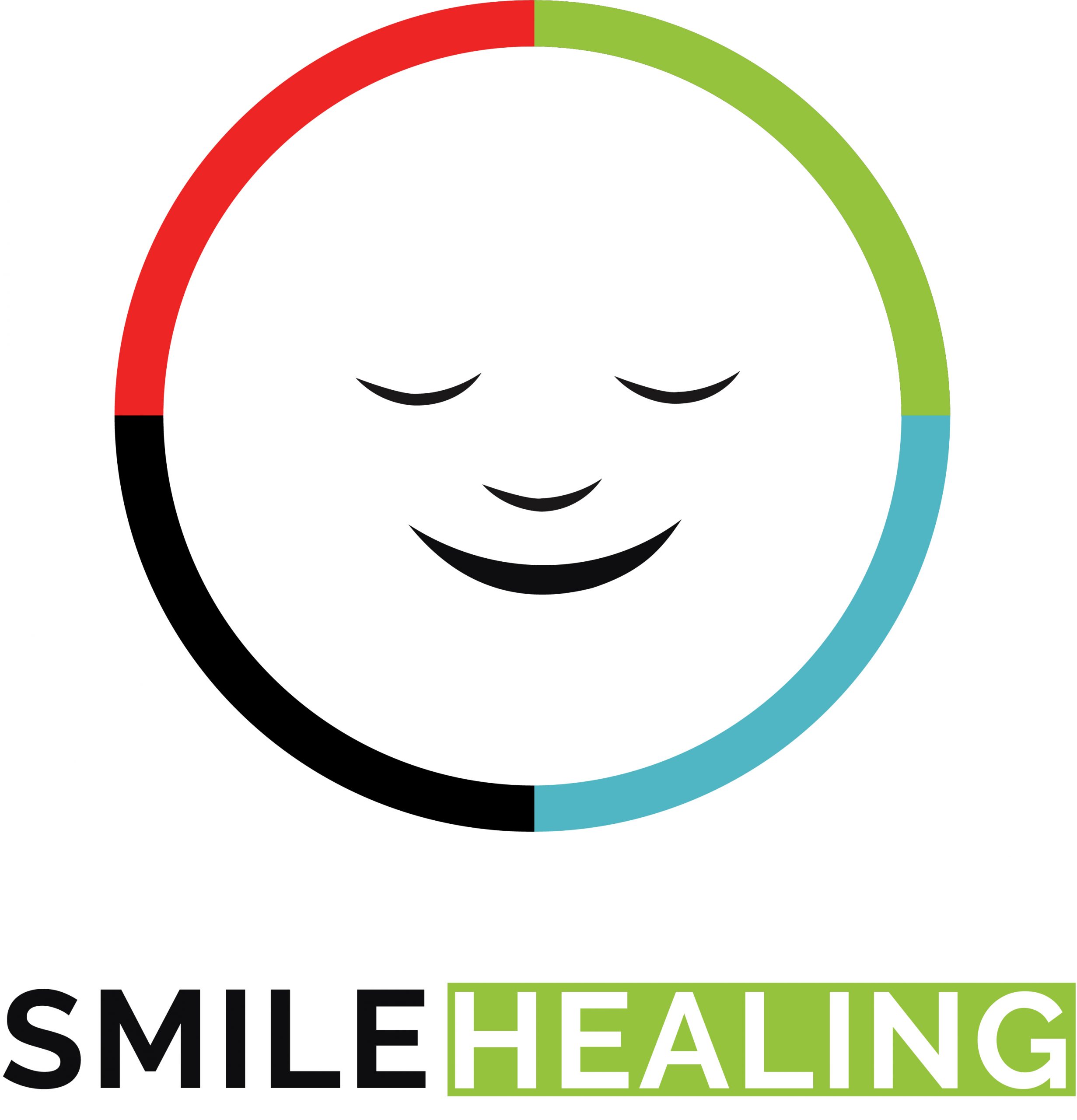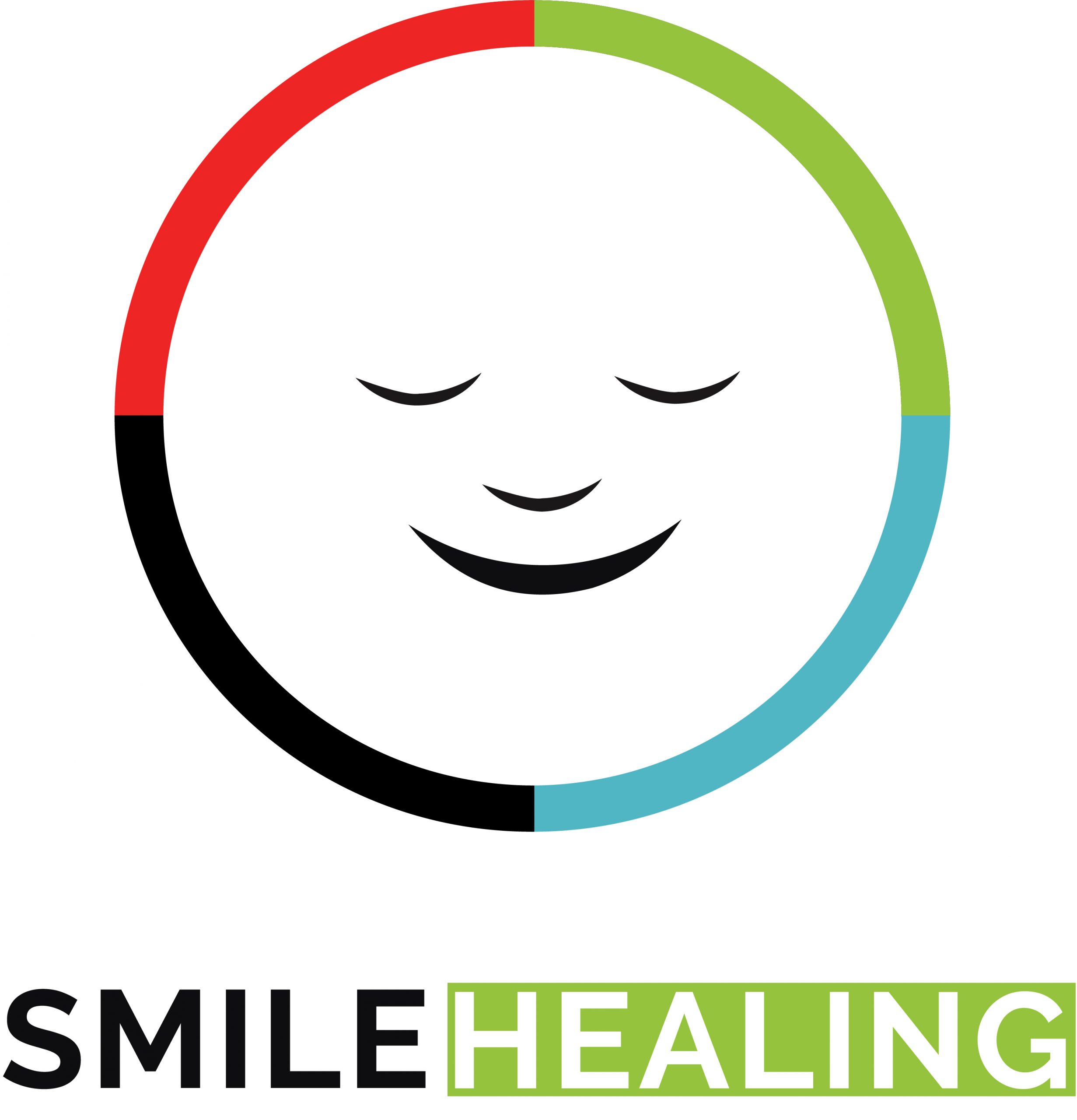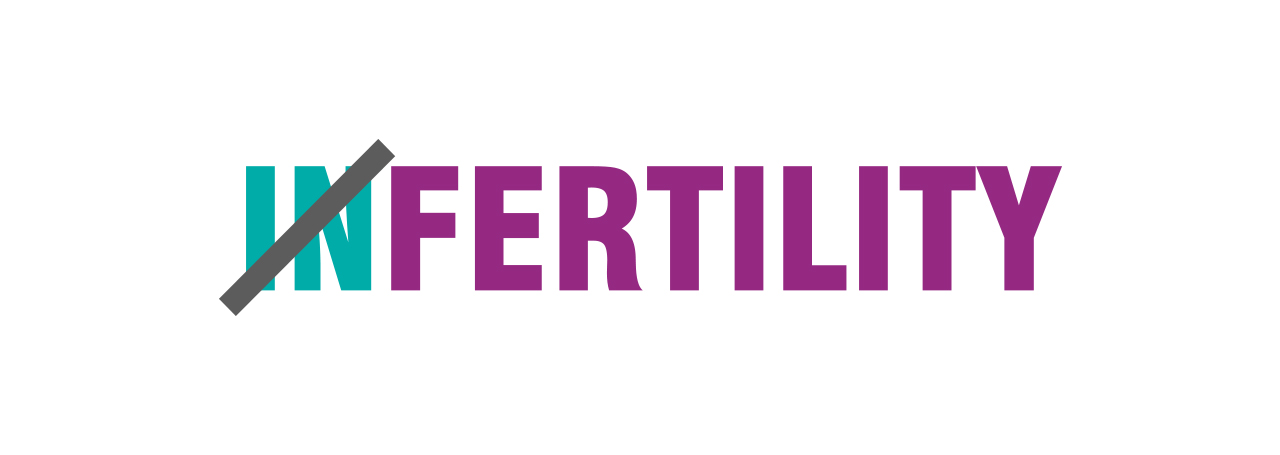ABSTRACT
Background and Objectives : Infertility, the inability to reproduce by natural means, has a multifactorial etiology – genetic mutations, systemic disorders such as diabetes and hypothyroidism, endocrine disorders, environmental factors, lifestyle factors etc. Medical treatment of infertility generally involves the use of medication, medical device, surgery, or a combination of these. If conservative medical treatments fail to achieve a full term pregnancy, the physician may suggest the patient undergo in vitro fertilization (IVF) and other assisted reproductive technology (ART) techniques. A female patient suffering from infertility who failed to achieve successful results with IVF treatments visited my Su Jok clinic in April 2018. The primary objective of this study was to describe in detail the Su Jok treatment protocol used in treatment of female infertility.
Methods : The patient was treated by correspondence system, six-ki (constitution correction, branch and sub-branch treatments), triorigin and smile meditation.
Results : The patient conceived 4 months after commencing Su Jok therapy
Interpretation and Conclusion: Su Jok is an effective therapy in the treatment of infertility. Further studies employing larger sample size are necessary to validate the results of the study.
Key words : Infertility, Su Jok, Triorigin, Six-Ki, Constitution
Introduction
Infertility is the inability to become pregnant/impregnate or carry a pregnancy to full term. There are many causes of infertility which includes immune dysfunction, sexually transmitted diseases, genetic factors, systemic conditions like diabetes and hypothyroidism, polycystic ovarian syndrome and other hormonal issues, advanced maternal/paternal age etc. Medical treatment of infertility involves the use of fertility medication, medical device, surgery, or a combination of the following. If conservative medical treatments fail to achieve a full term pregnancy, the physician may suggest the patient undergo in vitro fertilization and related ART (assisted reproductive technology) techniques. In vitro fertilisation (IVF) is a process of fertilisation where an egg is combined with sperm outside the body, in vitro. After the fertilised egg (zygote) undergoes embryo culture for 2–6 days, it is implanted in the uterus. The success rate of IVF ranges from 3.9% (women aged >42 years) to 40.2% (<35 years).1 The major drawbacks of IVF, the most common form of ART, are the high-cost treatment, increased chance of multiple births, ethical issues such as destruction of some embryos not being transferred in vivo, transfer of wrong embryos etc. Limited long-term follow-up data suggest that IVF may be associated with an increased incidence of hypertension, impaired fasting glucose, increase in total body fat composition, advancement of bone age, subclinical thyroid disorder, early adulthood clinical depression and binge drinking in the offspring.2,3 These limitations necessitate employment of holistic therapies such as Su Jok in the treatment of infertility.
This case report seeks to elicit the efficacy of Su Jok therapy in the treatment of infertility.
Patient details
A patient named Dr. S, aged 33 years visited my Su Jok clinic in April 2018 with a chief complaint of inability to conceive and carry pregnancy. The patient suffered from a miscarriage in 2015 and was diagnosed with hypothyroidism subsequent to the miscarriage. She underwent two unsuccessful intra-uterine inseminations in 2016 and two unsuccessful IVF cycles in 2017. She also suffered from migraine and digestive issues.
Laboratory investigations revealed ovarian cysts, poor ovarian reserve and poor ova quality, ovarian endometriosis and hypothyroidism.
Patient disclosed that she suffered from a bout of depression prior to the miscarriage owing to some family issues.
The patient was explained about Su Jok therapy and an informed consent was taken before starting the treatment.
Materials and Methods
The patient was treated at Su Jok healing centre, Janaki Polyclinic, Visakhapatnam, India. The materials employed for the treatment included jimmy probe, needle inserter, presterilized Su Jok needles, light device, moxa, coloured pens and surgical tape to securely hold the needles.
The mode of therapies included correspondence, six-ki and triorigin.
Treatment
- Constitution treatment : In the first session, a detailed history of the patient was taken. The patient was asked questions about her emotions (anger, joy, satisfaction, agony, sadness, fear), reason (memory, will), symptoms, hobbies, appetite, history of fever, urine holding capacity etc. to predict her constitution.4 She was found to have Um humidity constitution type 1(structural type of circulation).
As per Six Ki principles, infertility may be due to lack of hotness energy and hypothyroidism could be lack of heat energy. So it was decided to work on the axes of Ah-hotness, Ah-heat and Ah-dryness in the yin humidity type-I constitution.
| TREATMENT | MERIDIAN | CHAKRA | |
| a. | Ah-III tonification | Spinal cord meridian (J) ↑ | * Ah III ↑ |
| b. | Ah-II sedation | Small intestine meridian (F) ↓ | * Ah II ↓ |
| c. | Ah-V tonification | Large intestine meridian (B) ↑ | * Ah V ↑ |
| d. | Command | III ↑ on Governor Vessel meridian (Y) | III ↑ on Ah Solar |
The above Six Ki treatment was initiated with meridians of both hands and after 4 sessions, the chakra harmonization was added on the leading hand.
After 8 sessions, a different axes was chosen for treatment i.e Ah-hotness (infertility), Ah-wind (migraine) and Ah-humidity (poor digestion).
| TREATMENT | MERIDIAN | CHAKRA | |
| a. | Ah-III tonification | Spinal cord meridian (J) ↑ | * Ah III ↑ |
| b. | Ah-I sedation | Gall bladder meridian (K) ↓ | * Ah I ↓ |
| c. | Ah-IV tonification | Stomach meridian (C) ↑ | * Ah IV ↑ |
| d. | Command | III ↑ on Governor Vessel meridian (Y) | III ↑ on Ah Solar |
- Correspondence therapy : Stimulation and needle application in painful areas of ovaries, uterus, thyroid, pituitary, spinal cord and brain was done. The patient who was a dentist herself had previously attended Su Jok introductory course and hence considering her background, she was advised to continue seed application on above points at home daily.
- Moxibustion: Moxa on energy points (from 5th to 14th day of menstrual cycle)5 was done. Moxibustion was also done on the correspondence points of ovaries and the patient was advised to continue the same at home.
- Triorigin : In the first session, it was decided to treat the patient on mind (emotion) level and in subsequent sessions on body level. Sadness was sedated and joy toned.
| Mind | Emotion | Group | Dimension | Position | Treatment |
| He | He | Ho | Ne | No (sadness) | ↓He ↑Ho ↑Ne No |
| He | He | He | Ne | Ne (joy) | ↑ He↓Ho ↑Ne No |
On the body level, operational order was done on the reproductive system as a whole and operational order was done on the uterine endometrium and the ovaries (by functional and layer systems) in alternate sessions. Functional order was done on the pituitary gland once in 4 sessions.
| Body | Functional system | Reproductive system | Treatment |
| Ho | He | Ne-No | ↑No ↑He ↑Ne ↑Ho |
| Body | Functional system | Reproductive system | Uterus | Endometrium | Treatment |
| Ho | He | Ne-No | Ne | Ho | ↑No ↑He ↑Ne ↑Ho |
| Body | Functional system | Reproductive system | Ovary | Treatment |
| Ho | He | Ne-No | Ho | ↑No ↑He ↑Ne ↑Ho |
| Body | Layer system | Organ | Group | Dimension | Position | Treatment |
| Ho | Ho | Ne | Ne | Ho | Ho (ovary) | ↑No ↑He ↑Ne ↑Ho |
| Ho | Ho | Ne | Ne | Ho | He (pituitary) | ↑No ↑He ↑Ne ↑Ho |
- Six-Ki renting treatment
Sub-sub branch treatment was given to improve the ova quality and for elimination of ovarian cysts.
Um III (i) — rent IV (endocrine system)
IV (D) — rent VI (ovary)
VI (H) — I ↑ V↓ II ↑ (structure of humidity, dryness, coldness excess in ovary)
Command (X) — I ↑
Occasionally, branch treatment (tonification of humidity and hotness and sedation of wind and coldness in J) was given to prevent chance of abortion and facilitate proper implantation of foetus in the uterus. This treatment also helped in relieving acute migraine attacks of the patient.
Results
Following the first session, the patient reported a feeling of overall wellbeing and improved sleep. During the course of treatment, her sadness levels declined and joy increased. After a total of 20 sessions of Su Jok therapy, the patient skipped her menstrual cycle and was confirmed pregnant by a vaginal ultrasound report. The patient is currently in her second trimester and all her findings and the foetal statistics are normal. The latest scan report is attached.
Discussion and Conclusion
Infertility is “a disease of the reproductive system defined by the failure to achieve a clinical pregnancy after 12 months or more of regular unprotected sexual intercourse”.6 Infertility in women was ranked the 5th highest serious global disability. More than 10 million cases of infertility are reported in India per year. Being childless can be emotionally and physically distressing. Despite the various social, psychological, economic and physical implications, infertility prevention and care often remains neglected, especially in developing countries. Medical treatments such as IVF are expensive and have a limited success rate necessitating the development of alternate therapies in the treatment of infertility. The current study proves the efficacy of Su Jok in the treatment of primary female infertility. However, further studies employing larger number of patients are warranted to validate the results of this study.
References


- In vitro fertilization (IVF) Results – Mayo Clinic. www.mayoclinic.org. Retrieved 5 November 2015
- Hart R, Norman RJ. The longer-term health outcomes for children born as a result of IVF treatment. Part II-Mental health and development outcomes . Human Reproduction Update 2013; 19 (3): 244–250.
- Hart R, Norman RJ. The longer-term health outcomes for children born as a result of IVF treatment: Part I-General health outcomes. Human Reproduction Update 2013; 19 (3): 232–243.
- Lectures on Su Jok Acupuncture by Park Jae Woo.
- The Su Jok therapy in gynecology-the treatment for infertility by Dr.Kosheleva Olga. SIC 2017 Rajkot Souvenir.
- WHO-ICMART revised glossary.

Dr. Sneha Maroo
Periodontist(MDS)



Recent Comments